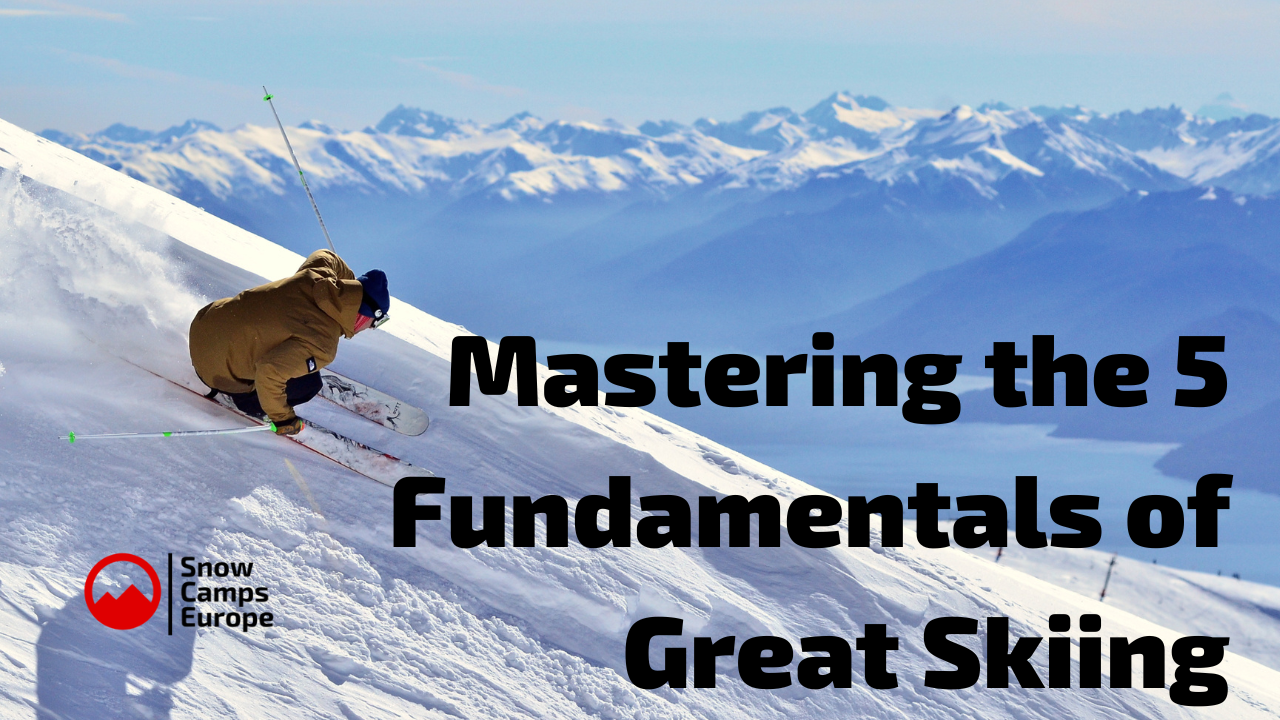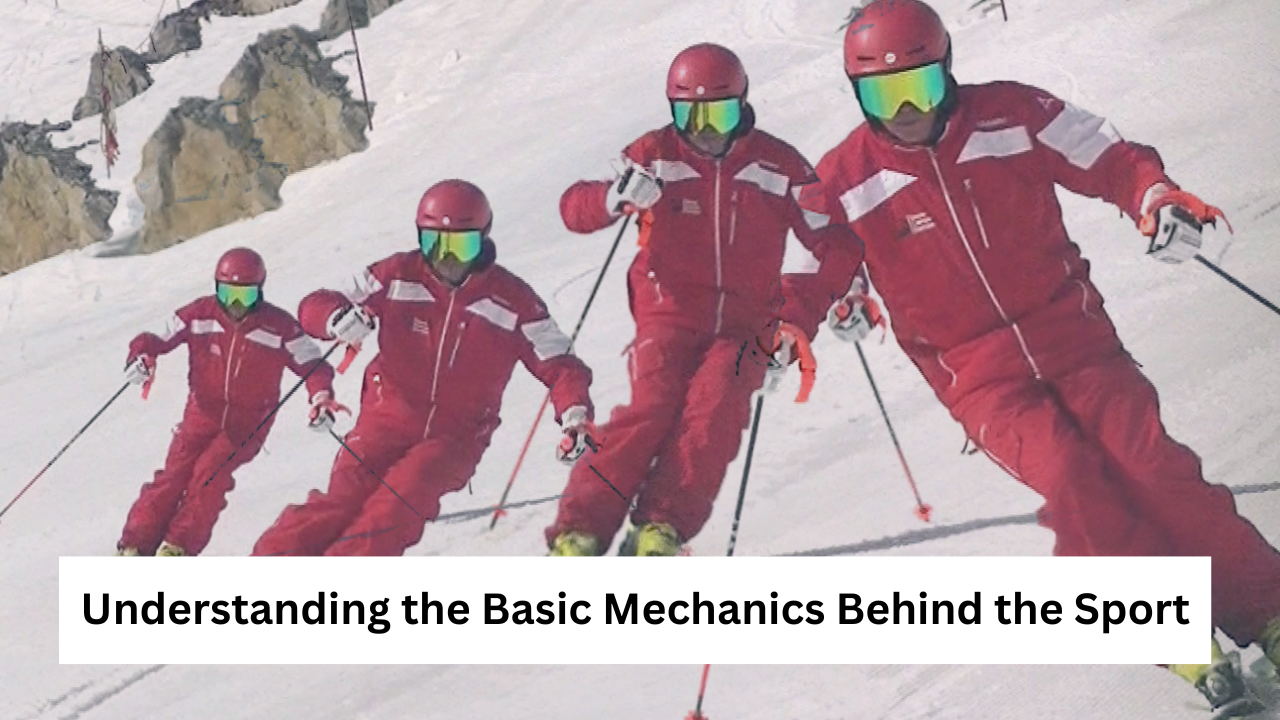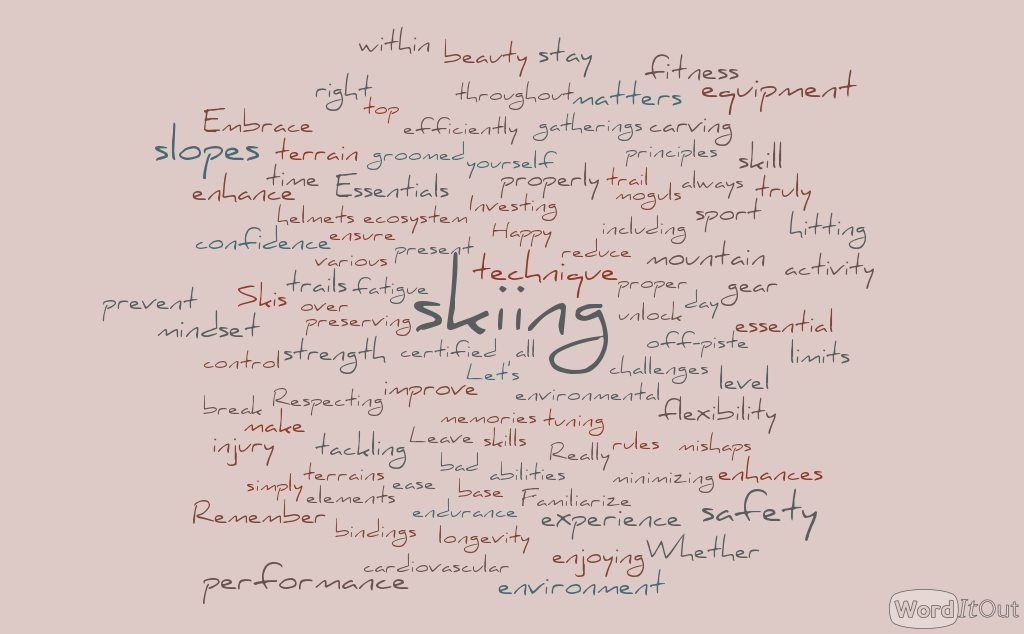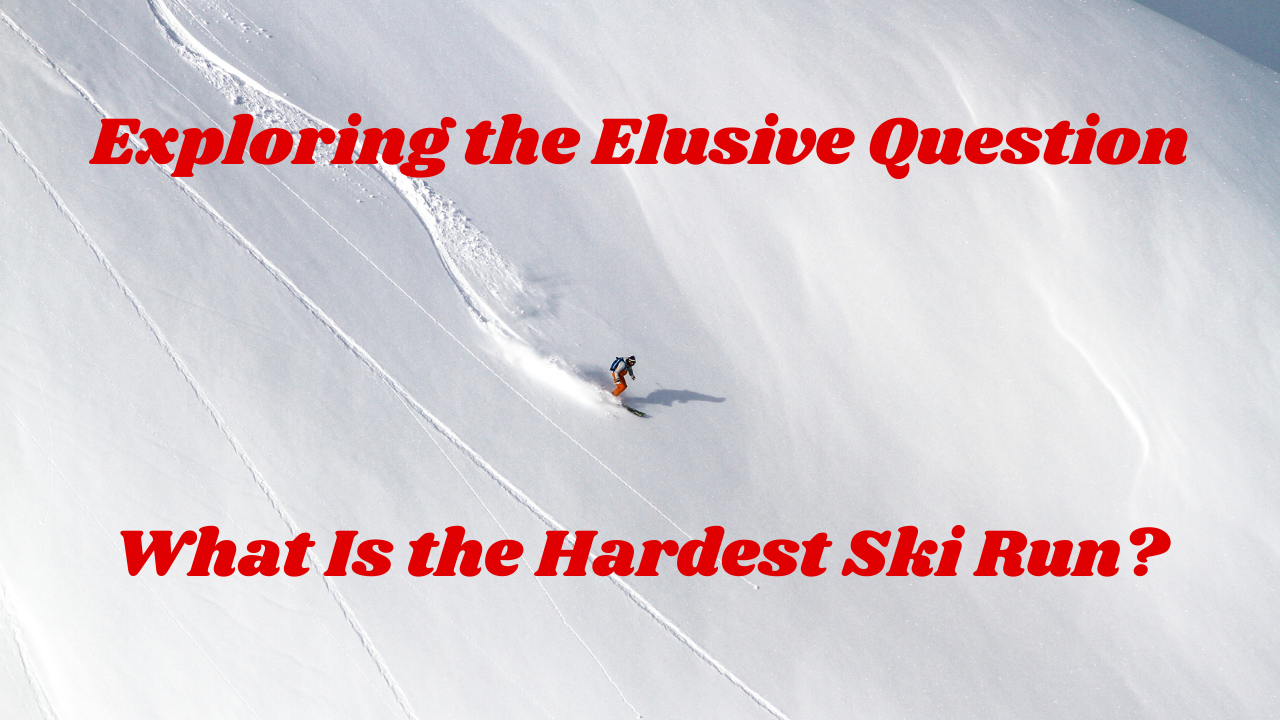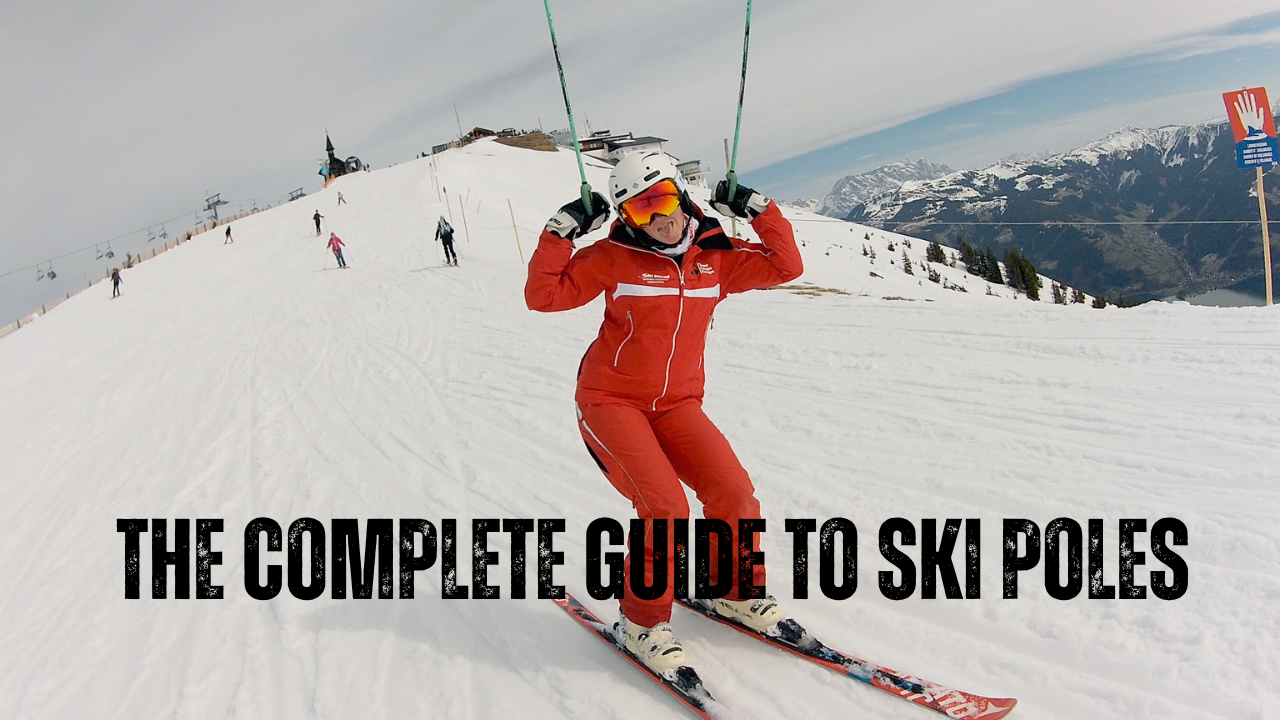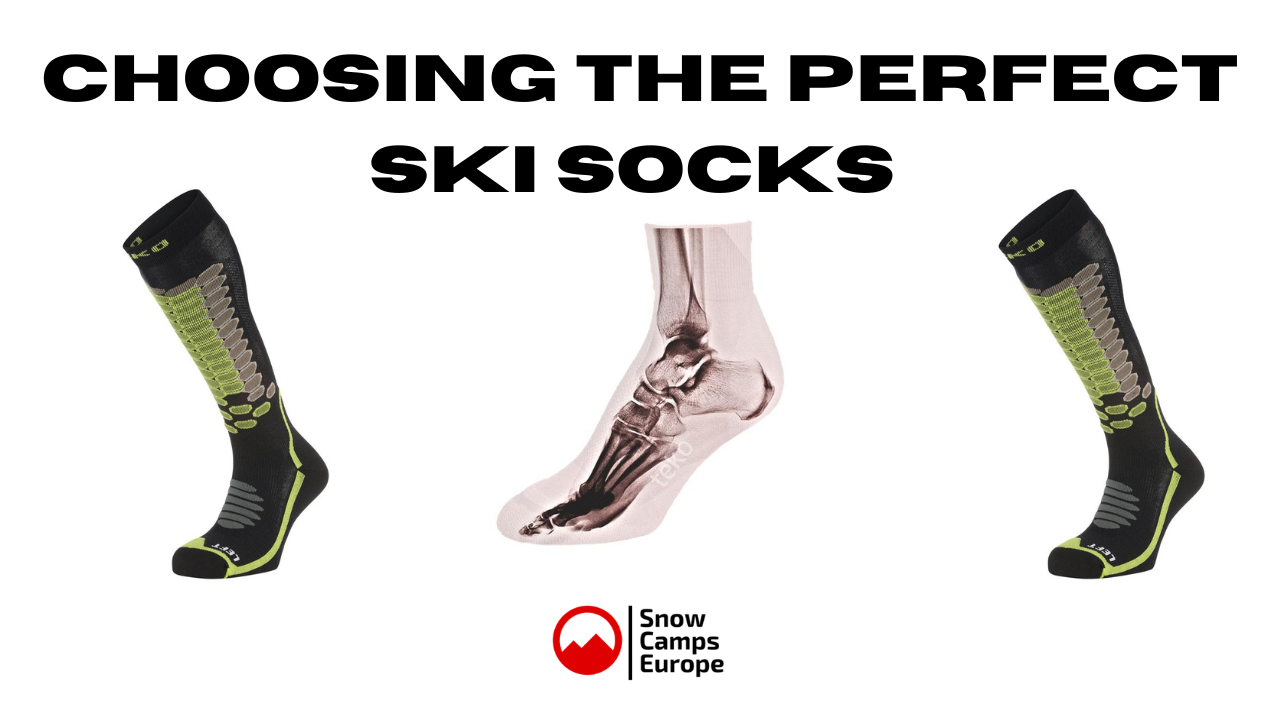Travel · 27. March 2025
Ski schools across the Alps and beyond share a common frustration: they are packed during peak weeks but struggle to fill lessons in quieter periods. Yet, rather than addressing the problem, many ski schools remain blinkered in their approach, relying on outdated business models and passive booking systems.
Skiing · 22. March 2025
What is Situational Skiing?
Situational skiing is the ability to adjust technique, tactics, and decision-making in real time based on the conditions and environment. It’s a skill that experienced skiers rely on to stay in control and get the most out of every run. At Snow Camps Europe, we embed this approach into all our lessons and camps to help skiers become more independent and versatile.
Skiing · 30. October 2024
For U.S. skiers seeking a memorable, budget-friendly experience, Zell am See-Kaprun in Austria stands out as a top destination. With vast ski terrain, lower costs, and a welcoming atmosphere, it’s no wonder that more Americans are choosing Zell am See-Kaprun over U.S. resorts. And if you’re looking for a unique, all-inclusive ski experience, Snow Camps Europe offers expertly tailored ski camps and private lessons designed with international guests in mind.
Skiing · 04. October 2024
Skiing is not just about gliding down a mountain—it's an art, a skill honed over time through practice and mastering key techniques. Whether you're a beginner or an advanced skier, understanding and applying the fundamentals can drastically improve your performance on the slopes. Today, we’re diving into the five essentials that every skier must master to unlock their full potential.
Gear · 02. October 2024
Finding ski clothes that fit taller women can be quite a challenge, especially when it comes to inseams that are long enough. In your case, needing a 36-inch inseam (or at least a 34-inch) can feel even more limiting when many brands max out at 32 inches. Below is a guide to some ski bibs and pants that have been recommended by tall women for their extended lengths.
Skiing · 24. May 2024
Skiing is more than just gliding down snowy slopes; it's a dynamic sport that involves a blend of physics, biomechanics, and technique. At the heart of skiing lies a fascinating theory that governs how skiers navigate the mountains with grace and precision. In this blog, we'll delve into the theory of skiing, unravelling the principles that make this exhilarating sport possible.
Skiing · 20. May 2024
Skiing is more than just a recreational activity; it's a thrilling sport that combines adrenaline, skill, and the beauty of the great outdoors. Whether you're a seasoned pro or a beginner hitting the slopes for the first time, understanding what truly matters in skiing can enhance your experience and elevate your performance. So, what exactly is important in skiing? Let's delve into the essentials:
Travel · 13. May 2024
Introduction:
Skiing is an exhilarating sport that offers a myriad of challenges for enthusiasts of all levels. From gentle beginner slopes to heart-pounding black diamonds, each run presents its own unique set of obstacles. But for those seeking the ultimate adrenaline rush and bragging rights among fellow skiers, there's one question that consistently sparks debate: What is the hardest ski run?
Gear · 03. November 2023
As the winter season approaches, skiers around the world eagerly anticipate hitting the slopes. An essential part of skiing equipment, often overlooked yet crucial, is the ski pole. While seemingly straightforward, ski poles come in various types and designs, catering to different preferences and skill levels.
Gear · 13. October 2023
Skiing is one of the most exhilarating winter sports, but to truly enjoy the experience, you need the right gear. While most people focus on their skis, boots, and clothing, one often overlooked but critical item is ski socks.



